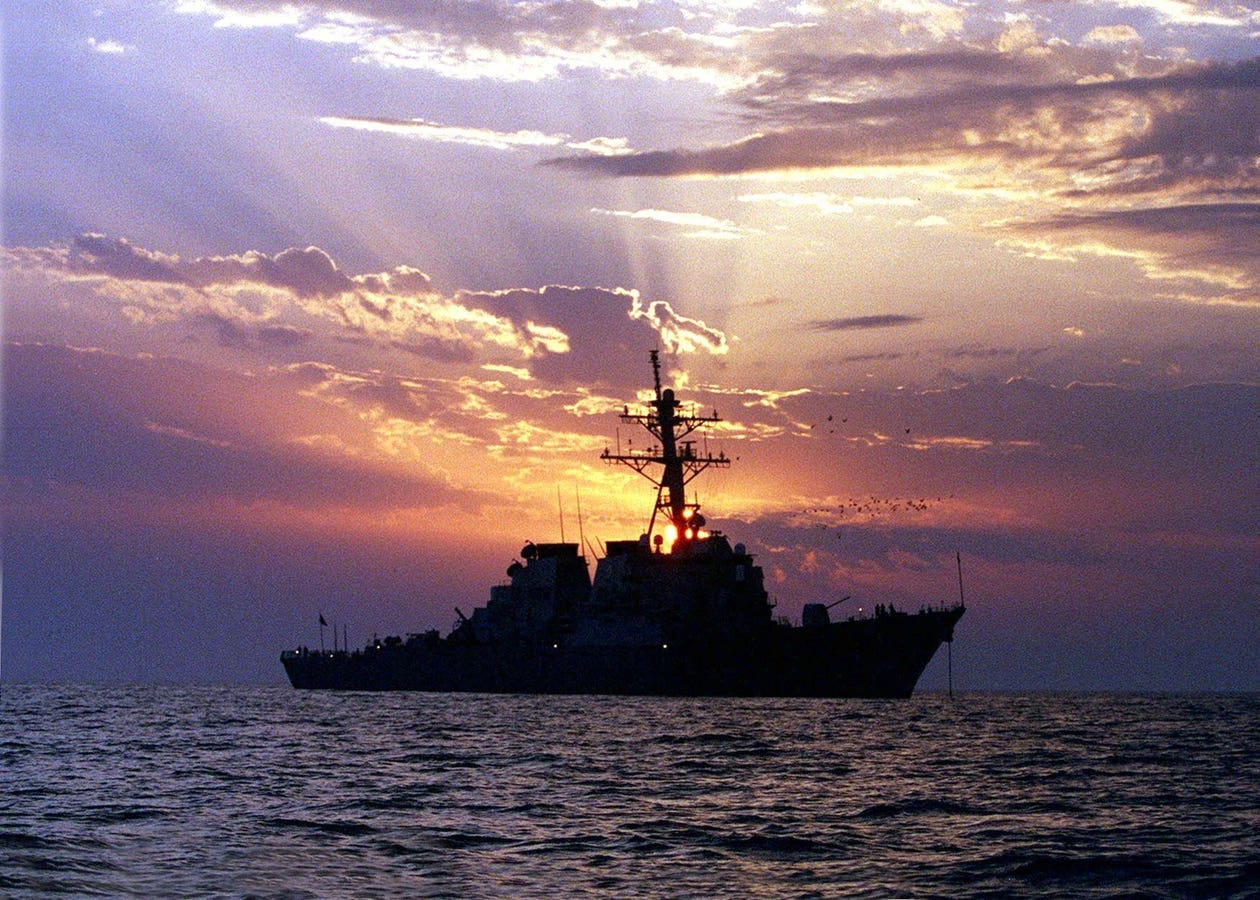Tuesday, defense officials told CNN that U.S. and U.K. Navy destroyers shot down a total of 24 Houthi missiles and drones launched from Yemen. The bill will be hefty.
A barrage of missiles and drones was fired at shipping targets in the southern Red Sea by Houthi rebels who claim to support Hamas and the Palestinian cause in Gaza. U.S. Central Command (CENTCOM) told Reuters that there were no injuries or damage reported and added that this was the 26th Houthi attack on commercial shipping lanes in the Red Sea since Nov. 19.
A few of the Houthi attacks have been successful, inflicting minor to significant damage to commercial vessels or taking control of them via raiding parties. But their cost in terms of disruption of trade flows in the Red Sea can be measured at hundreds of millions of dollars and rising.
It can also be measured in terms of the cost to U.S. taxpayers for shooting them down. By now, the total is possibly in excess of $80 million or more. I did the back-of-the-napkin math for shooting down the missiles and drones in the most recent attack.
According to Reuters, CENTCOM reported that 18 drones, two anti-ship cruise missiles and one anti-ship ballistic missile were shot down by U.S. and British forces. Three destroyers were said to have taken part in the shoot-downs, presumably two U.S. Navy Arleigh Burke-class destroyers (USS Carney and USS Mason) and one British Type 45 destroyer (probably HMS Diamond).
The destroyers U.S. and British have principally used missile interceptors to shoot down Houthi missiles and drones at range before they can reach their ship targets according to experts interviewed by CNN. However, they can also use a mix of 5-inch radar-guided artillery shells, guided Phalanx CIWS
IWS
The Houthis’ drones can be produced and deployed in large numbers for unit prices estimated to be from several thousand dollars to tends-of-thousands each. The Iranian supplied and funded cruise missiles and ballistic missiles fired by the Yemeni rebels likely cost in the high five-figures per missile.
On the other side, the Standard Missile-2 (SM-2) missile interceptors that most experts agree that U.S. destroyers are largely using cost $2.1 million each. Designed to hit incoming drone or missile targets at 92 or 130 nautical miles, they offer target neutralization at safe distances from the Navy vessels and the merchant ships they’ve been tasked to protect.
American destroyers are also using the Evolved Sea Sparrow Missile (ESSM), designed to fire at targets less than 5 nautical miles away. It costs about $1.8 million per shot. The 5-inch air burst artillery shells the destroyers employ cost around $2,500 per shot. The 20mm rounds from are likely rarely used but they run about $30 per shell.
In calculating the cost of countering the latest Houthi salvo, we have to attribute some portion of the shoot-downs to the Royal Navy’s Type 45 destroyer. Generously assuming that it took out one-third of the targets (though probably less), that leaves 16 missiles/drones for the American ships to knock down.
Among these the two anti-ship cruise missiles and one anti-ship ballistic missile were likely intercepted by American SM-2s. At three SM-2s, that’s $6.2 million. Of the 18 drones intercepted, let’s say the U.S. Navy destroyers accounted for a dozen. Being generous again, we could assume half were downed by ESSMs. That would tot up to $10.8 million.
As improbable as it may be, let’s assume the other six drones were knocked down by radar-guided 5-inch shells (it’s highly unlikely CIWS was used unless a drone got within spitting distance of one of the destroyers). That would be $15,000.
Altogether, the price tag for shooting down the Houthi missiles and drones in just one day in this informal, likely conservative estimate would be a bit over $17 million.
As any rational observer can see, the price is unsustainable. A number of critics have noted not only the cost but the depletion of missile interceptors the effort is driving. Yet the Pentagon, guided by the Biden administration, has refrained from striking Houthi launch sites or munitions stocks.
It’s a remarkably weak strategic response and an unaffordable calculus. But the $17 million bill incurred yesterday tells us a lot about the state of American military and political leadership and America’s waning power.
Read the full article here





